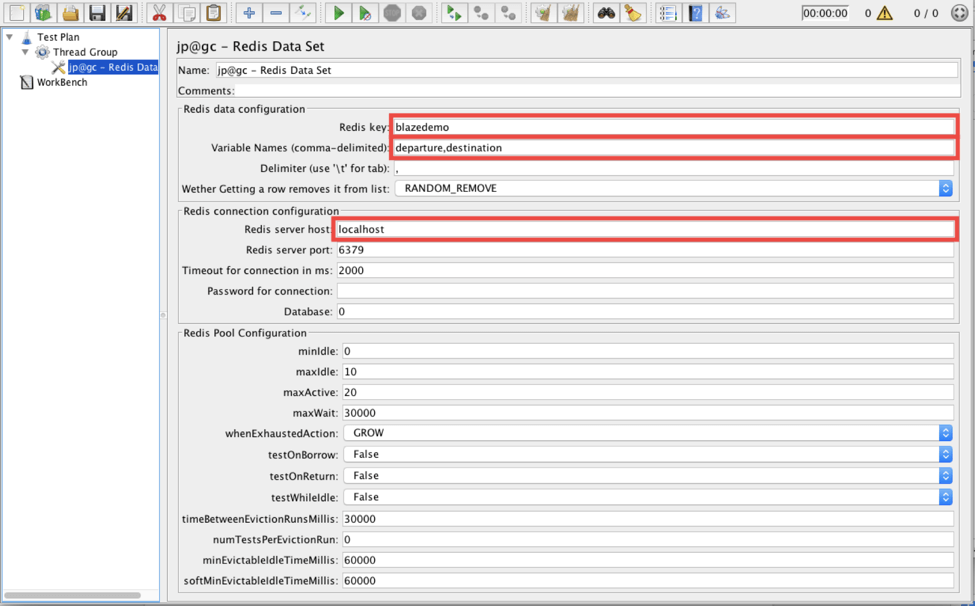
- REDIS WINDOWS CLIENT GET DATABASE INSTALL
- REDIS WINDOWS CLIENT GET DATABASE WINDOWS 10
- REDIS WINDOWS CLIENT GET DATABASE WINDOWS
Redis Vue is a simple, lightweight, versatile Redis Admin UI developed using Vue and ServiceStack. $ redis-server -service-start –service-name redisService3 $ redis-server -service-install –service-name redisService3 –port 10003 $ redis-server -service-start –service-name redisService2 $ redis-server -service-install –service-name redisService2 –port 10002 $ redis-server -service-start –service-name redisService1 $ redis-server -service-install –service-name redisService1 –port 10001
REDIS WINDOWS CLIENT GET DATABASE INSTALL
To install the latest version of Redis we first need to install some prerequisites:
REDIS WINDOWS CLIENT GET DATABASE WINDOWS
Once installed you can run bash on Ubuntu by typing bash from a Windows Command Prompt.
REDIS WINDOWS CLIENT GET DATABASE WINDOWS 10
Or if you have the latest version of Windows 10 you can install Bash on Ubuntu on Windows which will let you run the official version of Redis on Ubuntu on Windows 😃 This is our preferred approach as it lets you run native Ubuntu binaries on Windows more efficiently than running Linux in a VM: Option 1) Install Redis on Ubuntu on Windows # Install Windows Subsystem for Linux (WSL) #

Thanks to Vagrant you can choose to run the latest linux version inside a Virtual Box Linux VM where you'll be able to run the official native version of redis. The 3 most popular ways of running redis on windows is to use the binary releases of Microsoft's native port of redis, but as this is an unofficial port it always lags behind the latest official development of redis on Linux/OSX. Whilst it's recommended to use Redis on Linux in production, it is often useful for developers on Windows platforms to have their own local version of redis running to develop with. The ServiceStack/redis-windows project contains the binary releases of MS Open Tech redis port of windows as well as a vagrant configuration for redis letting you run the native version of Redis in a Virtual Box VM.

Instead, we can use namespace syntax by using a : separator and giving each title or author entry a unique numeric key: > SET title:1 "The Hobbit" That’s all well and good, but how do we add another book? We can’t reuse the same title and author keys or we’ll overwrite the existing data. So we can view them with GET, like so: > GET title The title and author are the keys we’ve set and the actual string values were specified after. This is best shown through the redis-cli (command line interface) using GET and SET commands.įor example, we may want to store some information about books, such as the title and author of a few of our favorites. Most (But Not All) Objects Use a Keyįor the vast majority of data storage with Redis, data will be stored in a simple key/value pair. During development in particular, it can be tricky to keep track of everything that exists in the database already, so in this brief tutorial we’ll cover the method for retrieving all keys from a Redis database with some simple commands.


Since Redis is non-relational, everything in the system is configured with basic key/value pairs at the simplest level. This is particularly true when Redis is compared to a more traditional relational databases with quarantined tables, each containing multiple rows and columns to house data. Like other non-relational database engines, wrapping your mind around how Redis handles data structures and associations can sometimes be difficult.


 0 kommentar(er)
0 kommentar(er)
